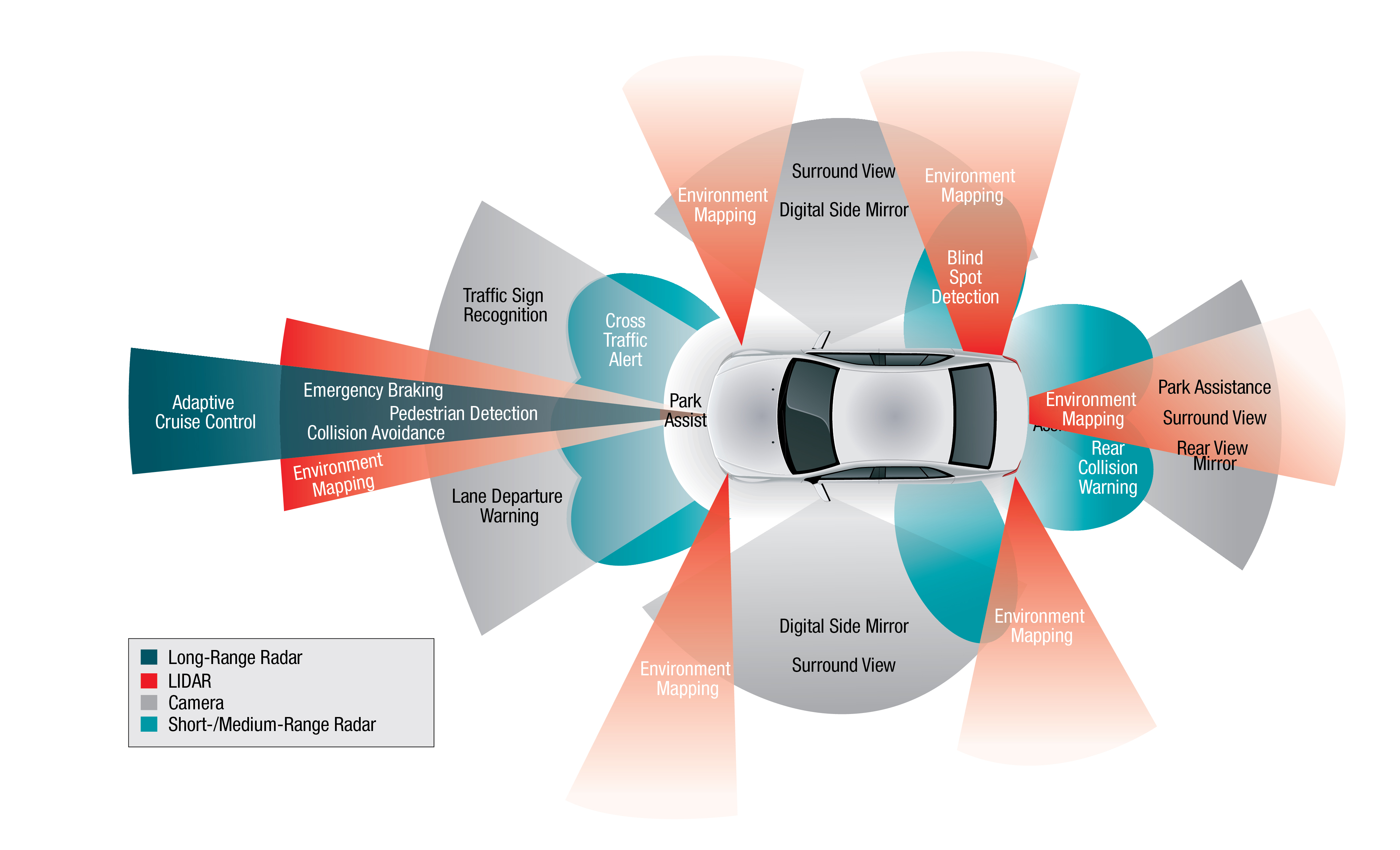Tag: architecture

Die Meere der Systemtechnik navigieren: Eine Reise durch die Bereitstellung einer Aktien-Webanwendung in der Cloud
Auf zu neuen Ufern: Einleitung Die Cloud-Computing-Technologie hat die Art und Weise, wie Unternehmen Anwendungen entwickeln, bereitstellen und skalieren, revolutioniert. In diesem Beitrag, der im Rahmen der Vorlesung “143101a System Engineering und Management” entstanden ist, werden wir uns darauf konzentrieren, wie eine bereits bestehende Webanwendung zur Visualisierung und Filterung von Aktienkennzahlen auf der IBM Cloud-Infrastruktur…
Event-driven Architectures
Next to the powerful Request / Response architecture exists another architecture, the event-driven one. How this architecture works, where the differences to Request / Response systems are and how transactions can be realized will be part of this article.
Kubernetes: from Zero to Hero with Kompose, Minikube, k3sup and Helm — Part 2: Hands-On
This is part two of our series on how we designed and implemented a scalable, highly-available and fault-tolerant microservice-based Image Editor. This part depicts how we went from a basic Docker Compose setup to running our application on our own »bare-metal« Kubernetes cluster.
Kubernetes: from Zero to Hero with Kompose, Minikube, k3sup and Helm — Part 1: Design
This is part one of our series on how we designed and implemented a scalable, highly-available and fault-tolerant microservice-based Image Editor. The series covers the various design choices we made and the difficulties we faced during design and development of our system. It shows how we set up the scaling infrastructure with Kubernetes and what…

Safety and protection of autonomous vehicles
Autonomous cars are vehicles that can drive to a predetermined destination in real traffic without the intervention of a human driver. To ensure that the car gets from A to B as safely and comfortably as possible, various precautions must be taken. These precautions are explained in the following sections using various questions and security…

Microservices – Legolizing Software Development I
In the first part, we present an example microservice structure, with multiple services, a foreign API interface and a reverse proxy that also allows load balancing.
Why is parallel programming so hard to express?
by Johannes Frey, Hannes Buchwald, Stephan Soller, Walter Kriha, Benjamin Binder While trying to understand Hoares famous paper Communicating sequential processes we stumbled upon some interesting problems and concepts referring to parallel programming. In this post we want to share some of the insights we gained by discussing the matter.
- Allgemein, Cloud Technologies, Scalable Systems, Student Projects, System Designs, System Engineering
SocialCloud – Cloudy this morning … and we’re scaling – Part 5
Cloud computing has so much potential that the possibilities seem to be endless. Without knowing much about it the cloud looks like a magic place for many people. To give you a more detailed explanation we sum up the design process of our cloud application step by step in the following blog post. Without giving…
